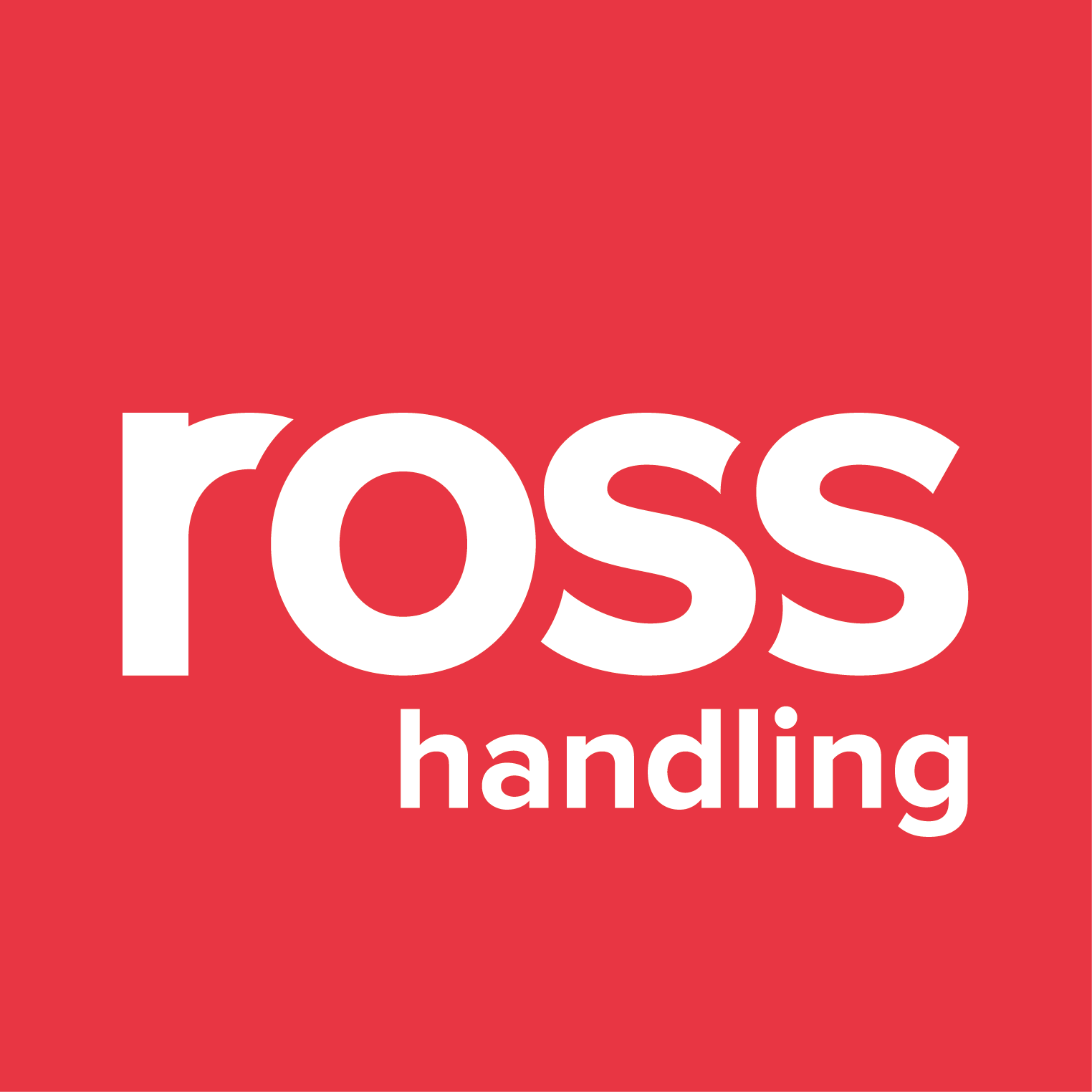The ultimate castor dictionary

-

- Ross Castors Blog
- 5 Dec 2016
-
3views

Here at Ross Handling we work with a wide variety of customers, across a huge array of applications and we know that if castors isn’t your day-to-day business some of the terminology involved can be confusing. So, in order to help you know your Axels from your Zerks, we’ve put together this essential A-Z list of castor terminology.

Here at Ross Handling we work with a wide variety of customers, across a huge array of applications and we know that if castors isn’t your day-to-day business some of the terminology involved can be confusing.
So, in order to help you know your Axels from your Zerks, we’ve put together this essential A-Z list of castor terminology.
• Axel: This is what is placed inside a wheel and secured to the frame to allow a wheel to rotate.
• Ball race castor head: The part of the castor which allows the frame to swivel freely.
• Castor: The complete assembly of a frame, wheel and axel, which can be attached to the bottom of furniture, sack trucks, machinery etc. to allow the object or equipment to move.
• Castor size: The overall diameter of the wheel. Generally, the larger the wheel the more weight it can support and the easier it manoeuvres.
• Cotter pin: A small pin on a castor which stops the wheel moving except for in one direction.
• Crown tread: A wheel that is slightly rounded, reducing the surface area and friction of the wheel against the floor.
• Durometer: The measurement used to work out the hardness of a wheel material.
• Load capacity: The maximum amount of weight which a castor can support. A simple equation can ensure that the castors are not overloaded, which can result in castor failure.
• Mounting plate: The large, usually square part of the castor which is fixed to the bottom of an object or piece of equipment.
• Overall height: The total distance between the bottom of the wheel and the top most edge of the mounting plate.
• Rig: This is the entire frame of a castor, without the wheel.
• Rollability: The level of motion achieved by rolling a specific castor onto different surfaces with varying loads.
• Stem: An alternative to a mounting plate - the stem is often inserted into tubing instead of bolted on. A stem fixture works best on furniture and trolleys.
• Swivel radius: The complete circumference when the wheel swivels all the way round. It indicates the amount of room the castor needs to swivel 360 degrees.
• Thread guards: Metal or plastic disks that cover the wheel hub, preventing dust and debris entering the core bearings or wrapping around the axel.
• Tread width: This is the width of the wheel housed in the castors frame. It gives an indication of the rolling surface area on the floor.
• Wheel: The round part of a castor which allows an object to move.
• Zerk: A grease nipple or Zerk is a fitting that enables you to easily grease your castor wheels or castor raceways using a grease gun, to ensure the bearings are lubricated and the castor and wheel functions to full capacity.
Well, there you have it! We hope this A-Z of terminology makes it easier for you to decide which castor is right for your application, but should you need any help, our team of specialists are on hand to give their expert advice on which castor will work best for you.
















